Newton’s Third Law: Newton’s laws of motion are the basis of classical mechanics, which is one of the branches of Physics. Newton’s first law of motion and Newton’s second law of motion tell about how an applied force changes the motion and provide us with a method of determining the force. Newton’s third law of motion states that when one object exerts a force upon another object then another object exerts an equal amount of force on the first object. Hence the amount of magnitude of the force is equal but in the opposite direction.
Let us suppose an example, Consider two spring balances that are connected together. The fixed end of the balance is attached to a rigid support, like a wall. When a force is applied through the free end of the spring balance, it is seen that both the spring balances show the same readings on their scales. It means that the force exerted by the spring balance on the free end of the spring balance is equal but opposite in direction to the force exerted by the spring balance which is attached to the fixed end. The two forces exerted are called action forces and the other reaction forces.
What is the Newton’s Third Law of Motion?
According to Newton’s Third law of motion, “To every action, there is an equal and opposite reaction”. Newton’s third law talks of two types of forces, that is action forces and reaction forces. These two forces are equal in magnitude but are applied in opposite directions.
Newton’s third is so crisp and beautiful that it has become part of common usage in our daily life. So there are many misinterpretations relating to this. Here are some important points related to Third’s law of motion:
- The terms action and reaction used in the third law mean nothing else but ‘force’. Using different terms for the same physical concept sometimes created confusion. Hence the forces occur in pairs which are applied in opposite directions.
- The terms action and reaction in Newton’s third law may give a blurred impression that action comes before reaction i.e action is the cause and reaction the effect. But there is no cause-effect relationship. Therefore the forces applied are instant. By the same analysis, any one of them may be called action and the other reaction.
- Action and reaction forces act upon different bodies, but not on the same body. It is an error to add up the two forces and claim that the net force is zero.
Example of Action-Reaction Pairs
Some the example of Action- Reaction Force Pairs are-
- Propulsion of fish into the water: Fishes used their fins to push the water backwards (action), water in turn pushes the fish forward(reaction). The magnitude of the force on the water is equal to the magnitude of the force on the fish; the direction of the force on the water which is backward direction is opposite to the direction of the force on the fish which is in the forward direction. Hence here Newton’s third law of motion is followed.
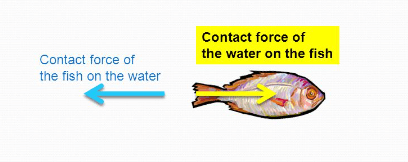
- The motion of the wheel on the road: As the wheels spin on the road, the wheel pushes the road backward (action) and the road pushes the wheel forward(reaction). Hence here there is mutual interaction of forces with an equal amount of magnitude but in opposite directions. Therefore this is also a good illustration of Newton’s third law of motion.
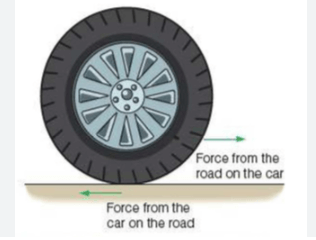
- Recoiling of Gun: When the gun fires a bullet, it experiences a force in the forward direction (action), as a result, the gun exerts a backward force (reaction) on the shoulder.
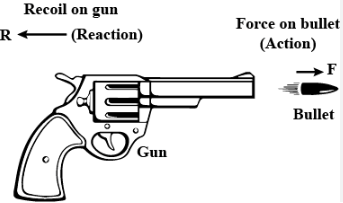
- Swimming: When the swimmer swims in the pool he pushes the water backwards(action) the water in turn pushes the swimmer forward(reaction).
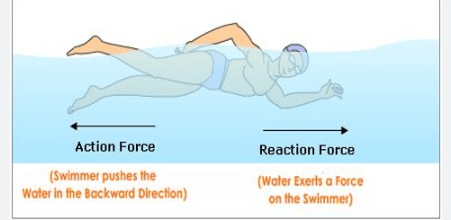
- Bouncing of a ball: When the ball hits on the ground, the ball applies force on the ground(action). The ground in turn applies force on the ball and the ball bounces back(reaction).
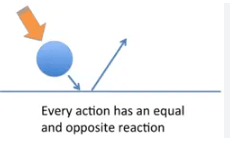
Related Links- Newton’s Laws of Motion Newton’s First Law of Motion Newton’s Second Law of Motion Boyle’s Law Newton’s Law of Cooling

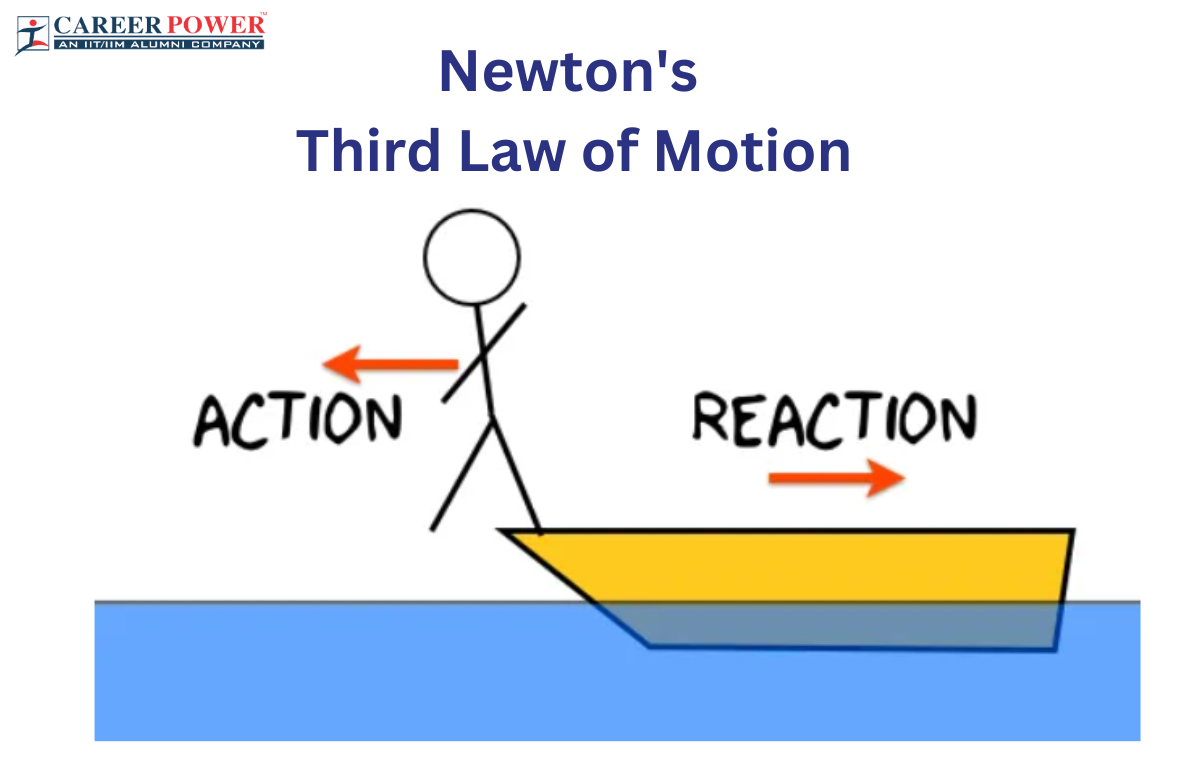

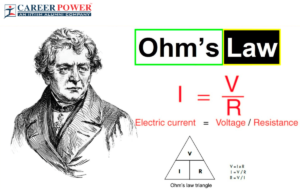 Ohm's Law: Definition, Formula, Limitati...
Ohm's Law: Definition, Formula, Limitati...
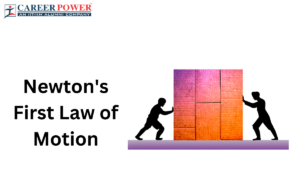 Newton's First Law of Motion: Definition...
Newton's First Law of Motion: Definition...
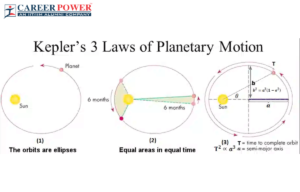 Kepler's Laws of Planetary Motion: First...
Kepler's Laws of Planetary Motion: First...













